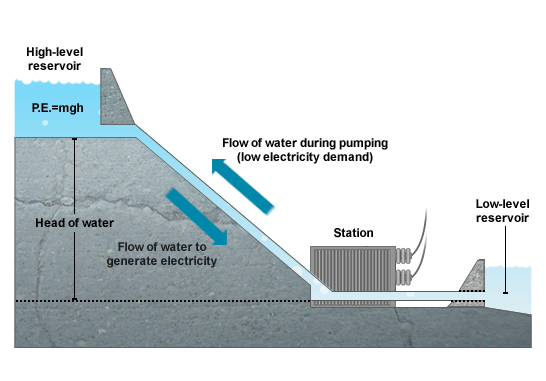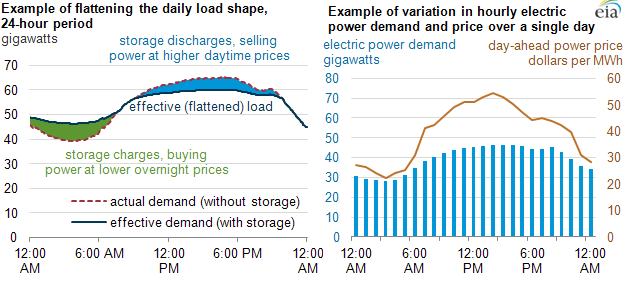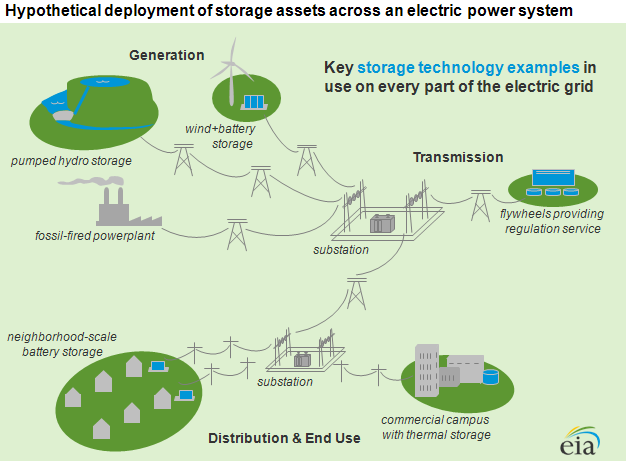I just came back from a very intense week in Israel. I went there in the “middle” of a war between Hamas and Israel, which paused for a cease-fire a day after my arrival. This war has been between a well-run state with probably the best army and technology in the Middle East, and a small group in control of a piece of land that supports 1.8 million people. The group declared its motivation as hatred for Israel. The inequality of strength between the two antagonists forced Hamas to take up a strategy that included use of civilians as shields. The result was many civilian casualties, mass destruction and suffering by innocent people caught in the middle.
The question I was asked most often in Israel this week was what Americans think about the conflict. This question came sharply into focus by way of a young American relative of mine who recently married an Israeli and now lives with him in Israel along with her newborn baby. She said that her Facebook page is full of condemnations of Israel by her American friends that are appalled by the force imbalance and the civilian casualties. She has started to post her own responses to try to shift the balance to a bit more objective stand.
My answer in these conversations was that the US public opinion is now occupied with extreme unrest all throughout the world, including the conflicts of Ukraine-Russia; ISIS – Syria and Iraq; Somalia, South Sudan, Libya, Boko Haram, etc. With reluctance to dig a bit deeper into the causes, many Americans blame President Obama for causing the unrest or not doing enough to re-equilibrate the world. The conflict between Hamas and Israel doesn’t occupy much of their attention in comparison. Many are now taking the position that it is just another example of the craziness happening in the world right now. Blaming the American president is an easy vent for all this frustration. This attitude encounters great sympathy in Israel. My thoughts, however, have (characteristically) expanded beyond the present into the future.
International laws of war are designed to regulate wars and conflicts between nations with regular armies – not wars or deadly conflicts between organizations such as Hamas, ISIS, Hezbollah and Boko Haram. Extreme inequality and despair leads to international terrorism, and we are starting to see this trend swamp almost every corner of the world. Tom Friedman, in the TV documentary series, “Years of Living Dangerously” (May 27, June 3, 2014 blogs) associated the unrest in Syria, Egypt and Yemen with climate change-induced droughts that led to severe water stress. Israel is in the same region, with a similar climate, yet – drought or no drought – it doesn’t suffer from water stress. Instead, Israel serves as an example of efficient water management (March 4, 2014 blog). One of my talks in there focused on this issue.
My course on Physics & Society is anchored largely on the US National Intelligence Council’s (NIC) periodic report on global trends. They consider income inequality a very important trend to follow. Other trends include: population growth, economic growth, power distribution, environmental impact, climate change, science & technology, energy, water and food. These trends are all strongly dependent on each other, and the intelligence communities in every country are very interested in them because they have major impacts on security. In the modern world, with global, sophisticated, communication capabilities, desperate people find ways not only to confront people and nations that are much better off but also to communicate with each other to coordinate supporting activities. Physics tells us (again, the famous 2nd Law of Thermodynamics – see last week’s blog) that destruction is much easier than rebuilding. It is now being estimated that what was destroyed in the three weeks of conflict between Israel and Hamas will take 20 years to rebuild (assuming that there will be no more war – a big assumption).
In my November 26, 2012 blog I discussed climate change in terms of the IPAT equation that states:
Impact = Population x Affluence x Technology
It turns out that the strongest impact on climate change, in the form of greenhouse gas emissions, is in the Affluence term (measured as GDP/Capita). As I discussed in last week’s blog, the income inequality between developed and developing countries is decreasing rather than increasing, as their economic growth is on average twice or three times faster than that of developed countries. As I said then, China has become the largest emitter of carbon dioxide, but it still remains a far smaller emitter on a per capita basis than the USA. By all estimates, the mid-21st century world will be much more dominated, both demographically and economically, by citizens of what we now label as developing countries. The world cannot accomplish the necessary energy transition to sustainable energy sources unless the developing countries can be convinced that the shift will not hinder their efforts to close the gap in the standard of living between them and the developed countries. Their citizens would not allow such a presumably unfair tradeoff.
Climate change is a global phenomenon that requires global cooperation. On the other hand, the most important impact of climate change comes through the water cycle (search for all the entries on “Water Cycle” in the blog). This manifests itself in the form of droughts, floods, extreme weather events and the rise in sea level. Since we don’t have a global government, the adaptations to most of these impacts will necessarily be local. Adaptations require resources, however, which means that while they are readily available to those who can afford them, they remain out of reach for those who cannot. The poor cannot adapt and many of them will turn, instead, to violence. Since, in general, this violence is not sanctioned by sovereign states, we define it collectively as terrorism.
In the end, extreme inequality makes all of us miserable and we had better look for ways to realize soon that we are together on this planet and need to start caring for (and about) each other. If things look bad now, there is no question in my mind that in a “business as usual” scenario, the world will be a much scarier place toward the end of the century – my definition of “The End of Now.”

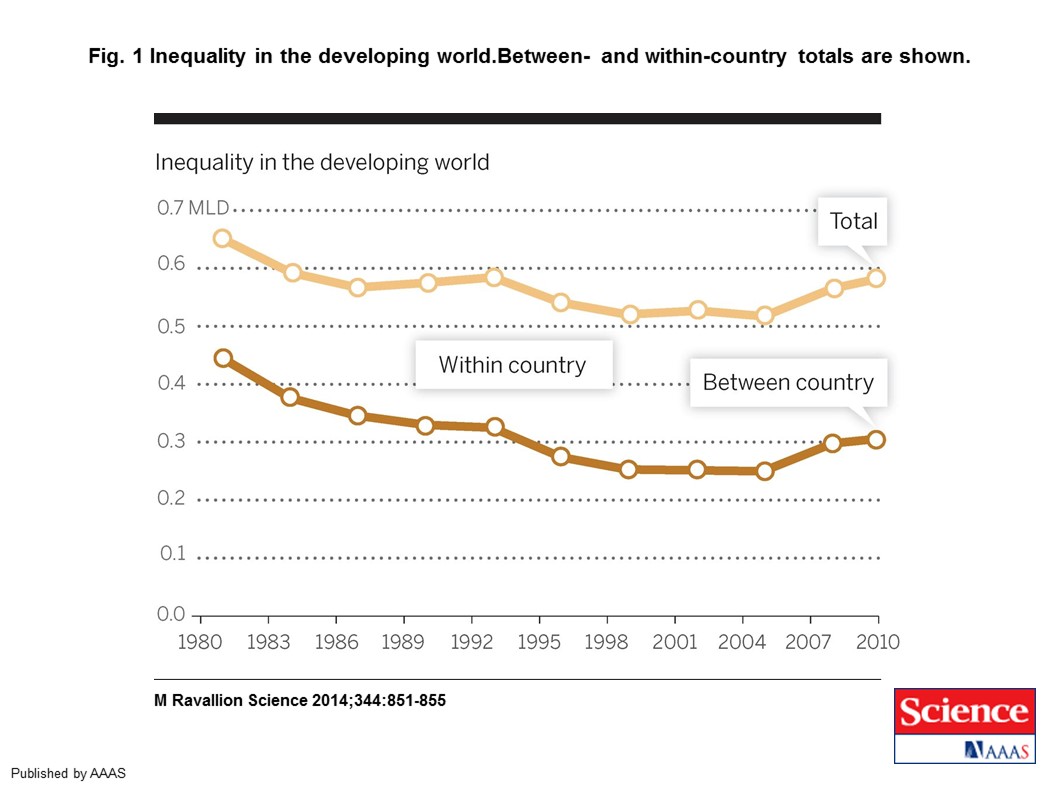
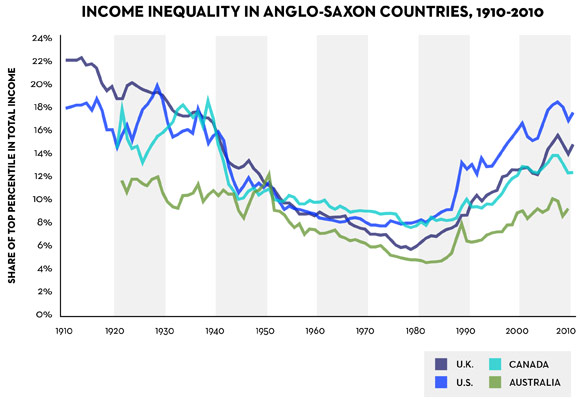

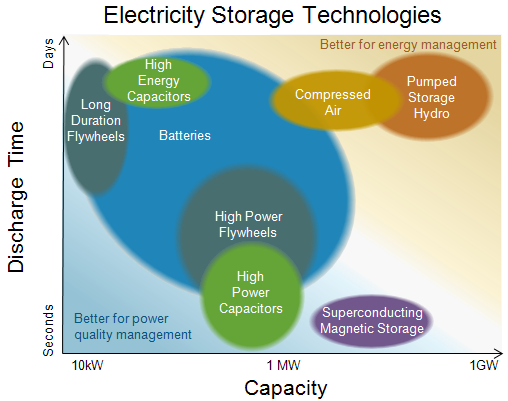
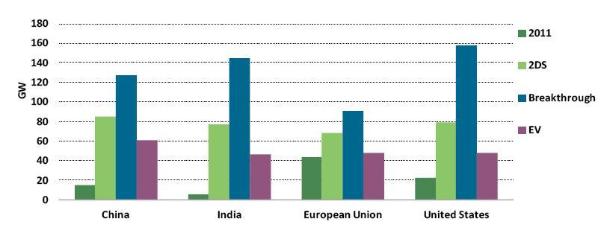
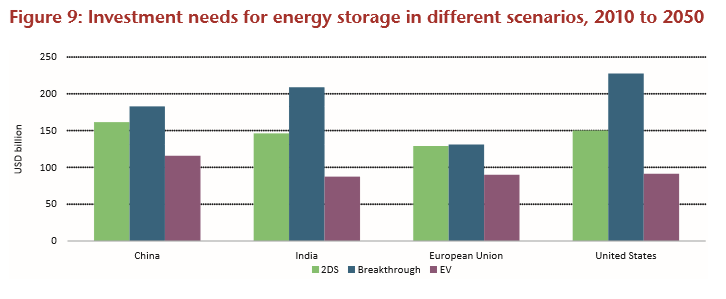 These figures need some brain tutoring enforcements. The second figure is self-explanatory – we all understand how much $1 billion is, and all 4 regions need to spend around $150 billion (each) – based on the 2DS scenario – to satisfy their storage needs, and that constitutes big money. It is worth noting here that the same amount is about 50 times bigger for India than it is for the US and Europe as compared with present GDP.
These figures need some brain tutoring enforcements. The second figure is self-explanatory – we all understand how much $1 billion is, and all 4 regions need to spend around $150 billion (each) – based on the 2DS scenario – to satisfy their storage needs, and that constitutes big money. It is worth noting here that the same amount is about 50 times bigger for India than it is for the US and Europe as compared with present GDP.
